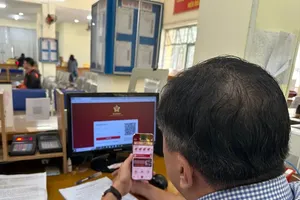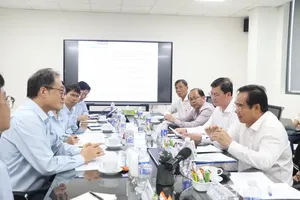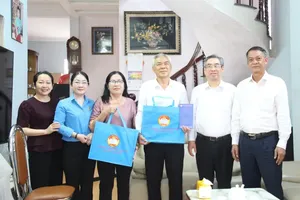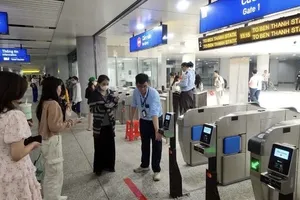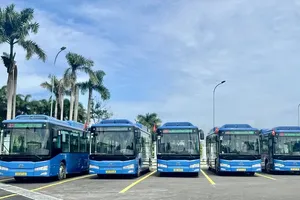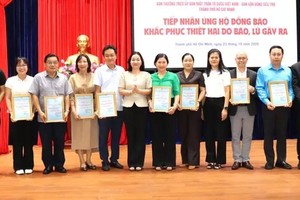According to a statistical report, since early 2006, public servants of District 5 People’s Committee have processed over 31,000 local residents’ applications on schedule, meeting ISO standards, and leaving 98 percent of applicants satisfied.
A staff member of the district said, “There is no more tardiness in our work now, as everything is done in accordance with the ISO process, which is considered ‘an industrial line."
Mr. Vuong Hoang Tuan, chief of secretariat of the district, lauded the efficiency of the process by pointing out that despite the increase in the volume of dossiers that needs to be settled daily, the number of staff in charge remains the same.
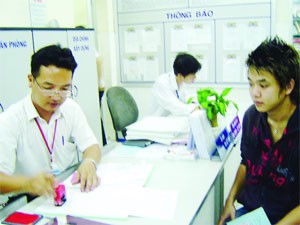
Mr.Tuan added that thanks to the process, all the district has to do to support its staff members is to make use of some of the latest management software, like land and building management, civil status management, and so on.
Mr. Tuan stressed that in the coming future, leaders of the district will expand the process by introducing it into other people’s committee offices, as the process helps raise the sense of responsibility and enhance the working style of staff members.
Together with the application of the ISO process in the settlement of local people’s applications, the district is developing its own database system to push up the administrative reform.
The system, according to Mr. Dang Cong Luan, district party committee secretary, is set up on the basis of the operation of the computer network (LAN) in which the server in the district office will be linked with computers in offices of wards under the district.
Thanks to LAN, data can be easily and quickly shared between the district and wards through a common database bank.
Hence, in the coming future, to cope with an application for certification of a resident living in a certain ward of the district, a staff member of the district office just sits at his computer and logs in the network to retrieve necessary information related to the applicant and check it by himself instead of contacting with the related ward for verification.
Needless to say, the database system will simplify certification procedures at most, which not only cut down the district’s operation cost but also save time for both the staff member in charge and the applicant.


